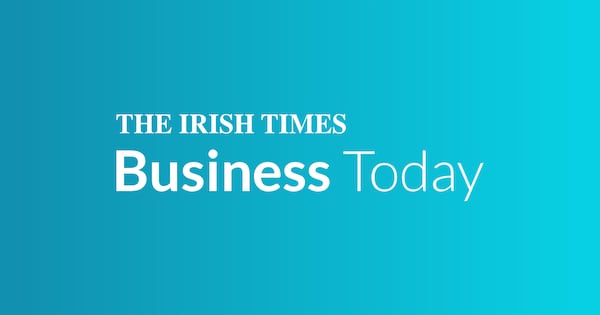Employment in the Irish economy has increased by 50 per cent since the low point of the financial crisis, one of the strongest rates of job creation seen anywhere in the world and second only to Malta in Europe.
According to figures supplied by employers’ group Ibec, headline employment in the Republic rose from 1.86 million in the first quarter of 2012 to 2.79 million in the first quarter of 2025, equating to an increase of 931,000.
That was significantly higher than rates of employment growth in the EU and euro zone as a whole, which were 12 and 13 per cent respectively.
It was also well ahead of countries such as Germany, where employment rose by 10 per cent from 38.6 million to 42.7 million, and France, where employment rose by 14 per cent from 25.6 million to 29.2 million.
READ MORE
Ireland’s employment trajectory was only eclipsed – in EU terms – by Malta, which enjoyed a 93 per cent hike.
However, the Maltese labour market is considerably smaller than Ireland’s, comprising just 328,000 workers.
New figures from the Central Statistics Office (CSO), published last week, show employment in the Irish economy rose further in the second quarter of this year, to a record 2.8 million.
That is equivalent to the entire population of the State in 1961.
Despite the current uncertainty caused by US tariffs, labour demand in the Irish economy remains strong and is being facilitated by two dynamics: immigration and greater participation, particularly among women.
[ Ireland’s post-crash employment trajectory is remarkableOpens in new window ]
In its report last week, the CSO noted that increased immigration added 49,200 workers to the labour force in the year to the second quarter, while increased participation – by both men and women – rose to 66.4 per cent, up from 66 per cent, and contributed an additional 24,300.
Employment growth is expected to remain on a positive trajectory – at close to 2 per cent year-on-year – in 2025 and 2026 despite the impact of US tariffs, the Central Bank has forecast.
Separately, US Federal Reserve chairman Jerome Powell warned last week that there was now a greater risk of a slowdown in the US job market while concerns over inflation persist.
While the effects of higher tariffs on prices are “now clearly visible”, he said it was also reasonable to expect the impact would be short-lived.
Markets are now expecting the US Fed to cut interest rates at its next meeting in September in a bid to dampen the fall-off in consumption from higher prices.
















